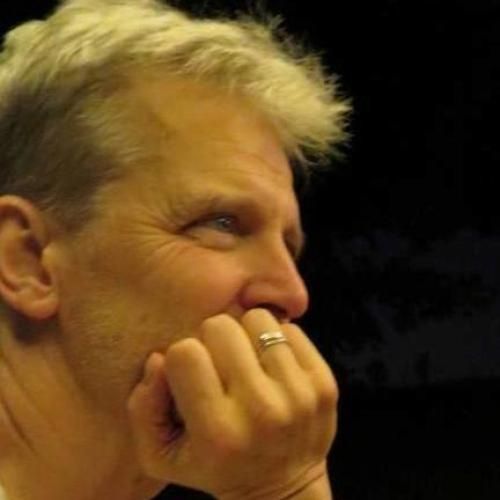GABAB autoreceptors mediate activity-dependent disinhibition and enhance signal transmission in the dentate gyrus.
1. Activity-dependent depression (fading) of polysynaptic inhibition and the effects of this disinhibition on signal transmission were studied in the dentate gyrus of the rat hippocampal slice with the use of intracellular and extracellular recordings. 2. Polysynaptic inhibitory postsynaptic potentials/currents (IPSP/Cs) were evoked in dentate granule cells by stimulation of mossy fibers in stratum lucidum of area CA3b/c. These mossy fiber-evoked IPSP/Cs consisted of an early GABAA receptor-mediated component (IPSP/CA) and a late GABAB receptor-mediated component (IPSP/CB). 3. When paired stimuli were delivered 200 ms apart under voltage clamp, the amplitude of the IPSCA and IPSCB evoked by the second stimulus was reduced by 37.0 +/- 4.0 and 61.6 +/- 7.8% (mean +/- SE), respectively. Paired-pulse depression of both IPSCA and IPSCB was greatest at interstimulus intervals of 100-400 ms with a maximal effect when stimuli were delivered 200 ms apart. 4. (+/-) Baclofen, a GABAB receptor agonist, suppressed both components of the mossy fiber-evoked IPSP in a concentration-dependent fashion. At a concentration that only partially suppressed the initial IPSP, baclofen occluded paired-pulse depression of IPSPA. In addition, paired-pulse depression of IPSPA was blocked in a concentration-dependent fashion by 2-hydroxy-saclofen (10-400 microM), a GABAB receptor antagonist. 5. The contribution of the IPSPB conductance increase to paired-pulse depression of IPSPA was evaluated. Paired-pulse depression of IPSPA was significantly greater than was the depression of the response to a current pulse delivered 200 ms after the mossy fiber stimulus. In addition, injection of granule cells with GTP gamma S, a nonhydrolyzable guanosine triphosphate (GTP) analogue, occluded both IPSPB as well as the effects of baclofen on the granule cell membrane by activating G proteins but did not reduce paired-pulse depression of IPSPA or suppression of IPSPA by baclofen. Finally, examination of the first and second IPSCA evoked by paired stimuli 200 ms apart revealed no significant differences in response kinetics. Taken together, these results indicate that postsynaptic GABAB receptors on the granule cells are not responsible for paired-pulse depression of IPSPA. 6. Monosynaptic IPSPs were evoked by direct stimulation of inhibitory neurons in the inner molecular layer of the dentate gyrus during pharmacological blockade of excitatory transmission with D(-)-2-amino-5-phosphonovaleric acid (D-APV), an N-methyl-D-aspartate (NMDA) receptor antagonist and 6,7-dinitroquinoxaline-2,3-dione (DNQX), a non-NMDA glutamate receptor antagonist.(ABSTRACT TRUNCATED AT 400 WORDS)
Duke Scholars
Published In
DOI
ISSN
Publication Date
Volume
Issue
Start / End Page
Location
Related Subject Headings
- Theta Rhythm
- Synaptic Transmission
- Receptors, GABA-A
- Reaction Time
- Rats, Sprague-Dawley
- Rats
- Quinoxalines
- Picrotoxin
- Organophosphorus Compounds
- Neurology & Neurosurgery
Citation
Published In
DOI
ISSN
Publication Date
Volume
Issue
Start / End Page
Location
Related Subject Headings
- Theta Rhythm
- Synaptic Transmission
- Receptors, GABA-A
- Reaction Time
- Rats, Sprague-Dawley
- Rats
- Quinoxalines
- Picrotoxin
- Organophosphorus Compounds
- Neurology & Neurosurgery


